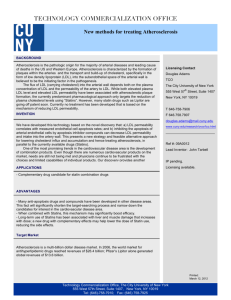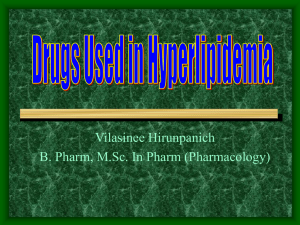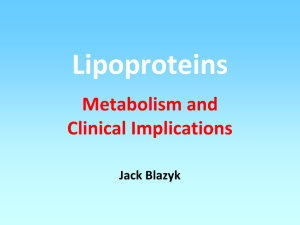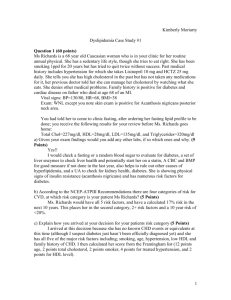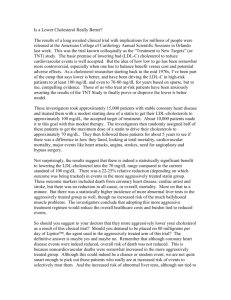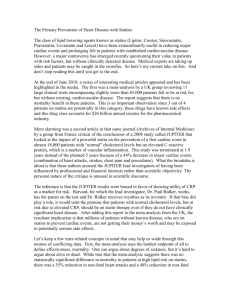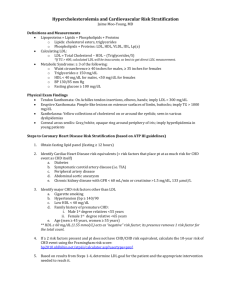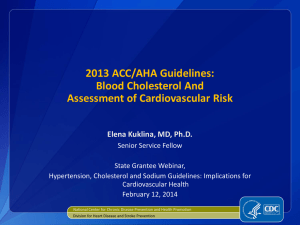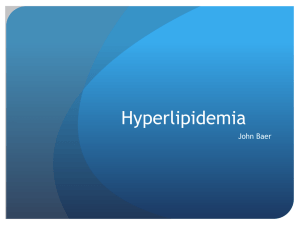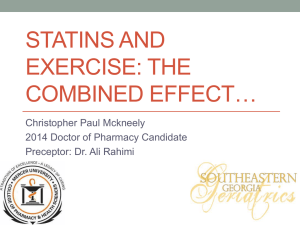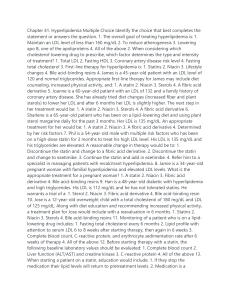bergamet_review_rw_mega
advertisement
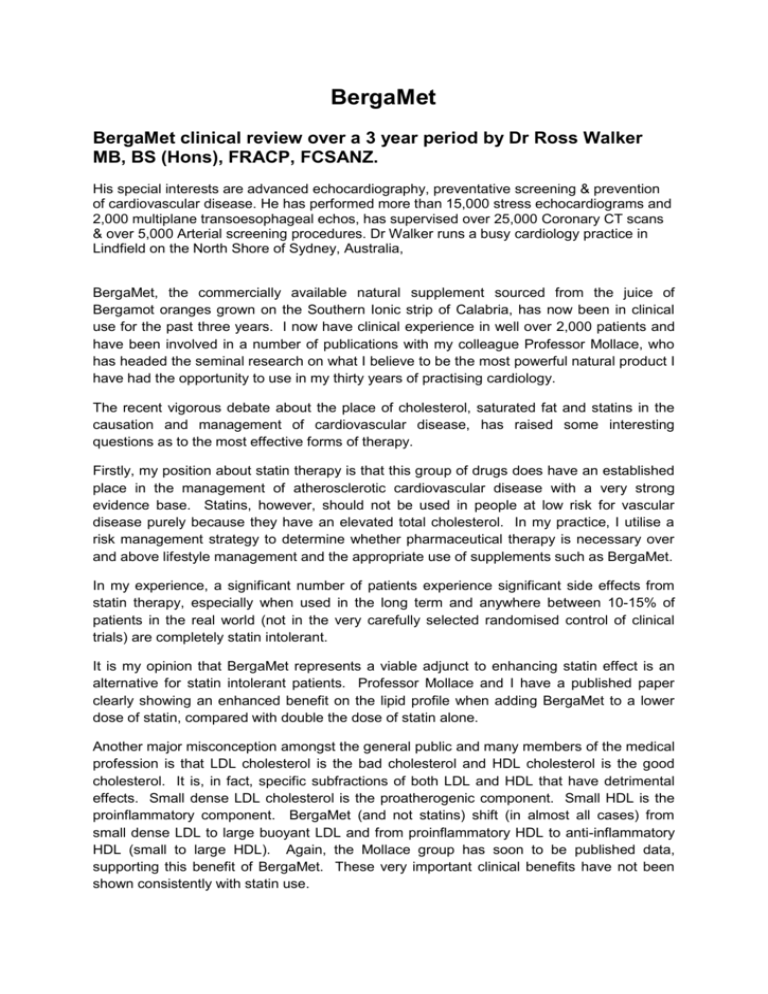
BergaMet BergaMet clinical review over a 3 year period by Dr Ross Walker MB, BS (Hons), FRACP, FCSANZ. His special interests are advanced echocardiography, preventative screening & prevention of cardiovascular disease. He has performed more than 15,000 stress echocardiograms and 2,000 multiplane transoesophageal echos, has supervised over 25,000 Coronary CT scans & over 5,000 Arterial screening procedures. Dr Walker runs a busy cardiology practice in Lindfield on the North Shore of Sydney, Australia, BergaMet, the commercially available natural supplement sourced from the juice of Bergamot oranges grown on the Southern Ionic strip of Calabria, has now been in clinical use for the past three years. I now have clinical experience in well over 2,000 patients and have been involved in a number of publications with my colleague Professor Mollace, who has headed the seminal research on what I believe to be the most powerful natural product I have had the opportunity to use in my thirty years of practising cardiology. The recent vigorous debate about the place of cholesterol, saturated fat and statins in the causation and management of cardiovascular disease, has raised some interesting questions as to the most effective forms of therapy. Firstly, my position about statin therapy is that this group of drugs does have an established place in the management of atherosclerotic cardiovascular disease with a very strong evidence base. Statins, however, should not be used in people at low risk for vascular disease purely because they have an elevated total cholesterol. In my practice, I utilise a risk management strategy to determine whether pharmaceutical therapy is necessary over and above lifestyle management and the appropriate use of supplements such as BergaMet. In my experience, a significant number of patients experience significant side effects from statin therapy, especially when used in the long term and anywhere between 10-15% of patients in the real world (not in the very carefully selected randomised control of clinical trials) are completely statin intolerant. It is my opinion that BergaMet represents a viable adjunct to enhancing statin effect is an alternative for statin intolerant patients. Professor Mollace and I have a published paper clearly showing an enhanced benefit on the lipid profile when adding BergaMet to a lower dose of statin, compared with double the dose of statin alone. Another major misconception amongst the general public and many members of the medical profession is that LDL cholesterol is the bad cholesterol and HDL cholesterol is the good cholesterol. It is, in fact, specific subfractions of both LDL and HDL that have detrimental effects. Small dense LDL cholesterol is the proatherogenic component. Small HDL is the proinflammatory component. BergaMet (and not statins) shift (in almost all cases) from small dense LDL to large buoyant LDL and from proinflammatory HDL to anti-inflammatory HDL (small to large HDL). Again, the Mollace group has soon to be published data, supporting this benefit of BergaMet. These very important clinical benefits have not been shown consistently with statin use. Related to this important LDL and HDL subfraction effect, is the overall benefit on the very common metabolic syndrome, which has now been shown to affect over 70 million US citizens. The metabolic syndrome is characterised by tendency to (or frank) Type II diabetes, hypertension, dyslipidaemia (which is characterised by elevated total cholesterol and triglyceride along with low HDL. It is also characterised by the increasingly common issue of abdominal obesity. These four factors all lead to premature cardiovascular disease. There are associations of metabolic syndrome which include fatty liver and gout. The recent Rosano/Mollace study has also shown benefits for fatty liver and has also previously shown positive benefits in reducing all aspects of metabolic syndrome. My own clinical experience of over 2,000 patients has mirrored all of the above benefits. BergaMet has also been shown to have a beneficial effect on maintaining “healthy endothelial function”. It is therefore my opinion that BergaMet Mega should be used in: 1. All patients over the age of fifty to maintain normal arterial function. 2. All patients with metabolic syndrome. 3. All patients on statin therapy to achieve target lipid values but run the statins at a lower dose. 4. All patients who are statin intolerant as an alternative to maintaining healthy LDL and HDL subfractions. 5. All patients at low risk for vascular disease who have lipid abnormalities. In conclusion, it is my opinion that BergaMet Mega is the most important natural substance for the prevention and management of cardiovascular disease that has been available over the past thirty to fifty years.

